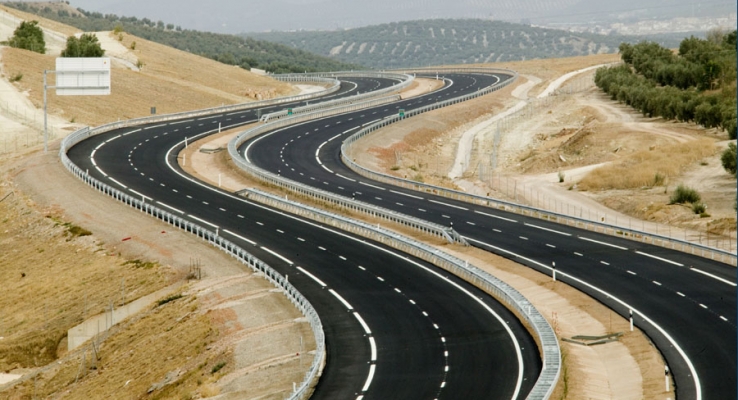
Watch video
View slides
In this seminar, Dr. Porter will explore the interactions of geometric design decisions, speed, and safety. A performance-based approach to this topic will be considered given the availability of several key documents, including the Highway Safety Manual and TRB's Modeling Operating Speed: Synthesis Report as well as a significant body of published research. A historical look at the design speed concept will show that while the design speed definition has changed on more than one occasion, the same basic but flawed philosophy that relates design speed to a “safe speed” is still reflected in supplemental guidance related to design speed selection in current design policy. A conservative approach to establishing design criteria, currently used to address the range of driver, vehicle, and roadway conditions and capabilities that a designer must consider, will be demonstrated. Resulting operating speeds will be shown to be higher than design speeds for design speeds of approximately 55 mph or less. This outcome may be considered undesirable from a safety perspective, but that categorization seems to be based more on subjective judgments of desirability than on actual safety findings. The outcome does, however, present significant challenges to a context-sensitive design approach. Finally, the idea of speed management through the use of roadway geometrics (i.e., geometric designs that influence driver selection of operating speed), one component of self-enforcing, self-explaining roadway design, will be explored. Findings will uncover possible challenges to implementing this idea.
Five related questions will then be investigated:
1) What is known about the relationships between road geometry and operating speeds?
2) To what degree does road geometry influence operating speeds?
3) How are safety and security influenced by road geometry?
4) What are the potential impacts to large vehicles?
5) What is the nature of the speed-safety trade-off? Possible alternatives for achieving desired speed and safety outcomes will be offered to conclude the seminar.
Richard Porter has nearly fifteen years of experience in transportation research and higher education gained primarily through his current position at the University of Utah, as well as previous positions at the Texas A&M Transportation Institute (TTI) and Thomas D. Larson Pennsylvania Transportation Institute (PTI). He conducts sponsored research for the United States Department of Transportation (USDOT), National Cooperative Highway Research Program (NCHRP), Utah Department of Transportation (UDOT), and Utah Department of Public Safety. He has published over 60 journal papers, conference papers, and research reports and has delivered technical presentations in the U.S. and abroad. Dr. Porter currently teaches the University of Utah’s Civil and Environmental Engineering courses in Transportation Engineering, Highway Design, Highway and Traffic Engineering, Transportation Safety, and Statistical and Econometric Analysis. He is also the University of Utah Principal Investigator and Program Director of the Mountain Plains Consortium (MPC), the Region 8 University Transportation Center sponsored by the USDOT, Research and Innovative Technology Administration. He is a registered professional engineer in Utah.
